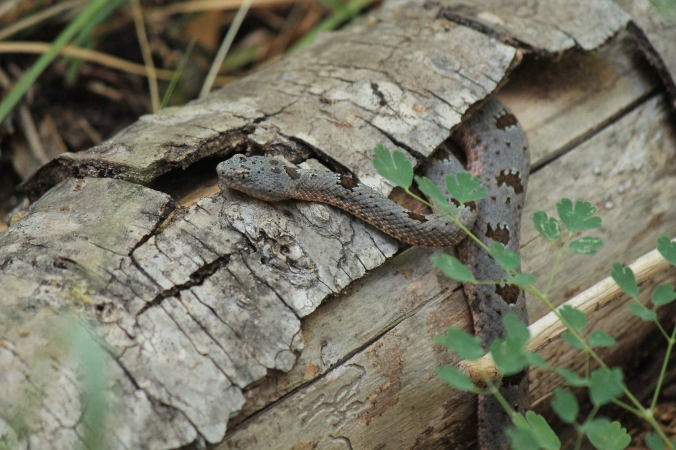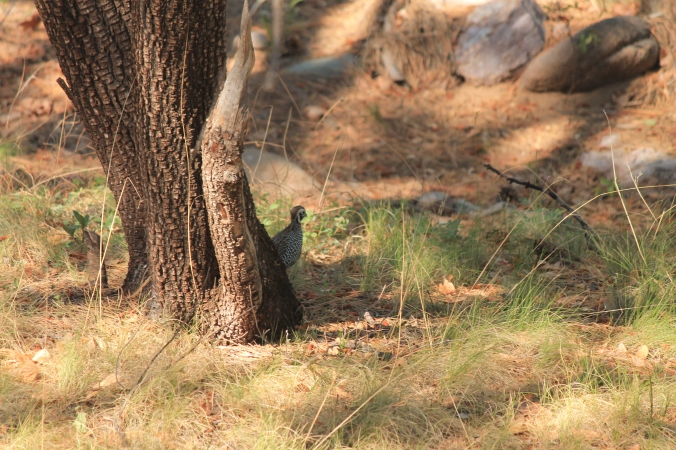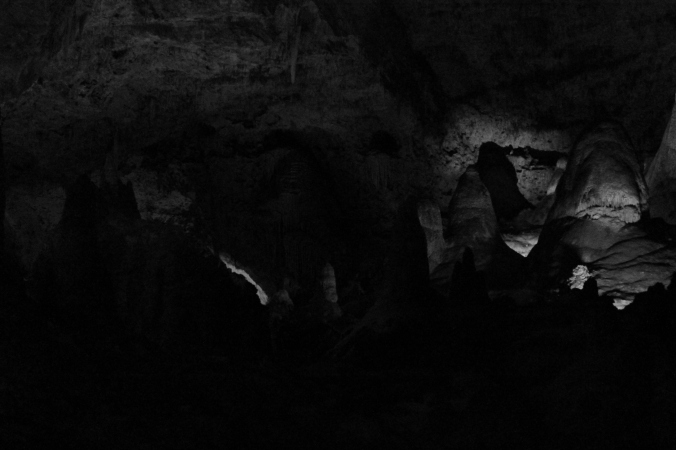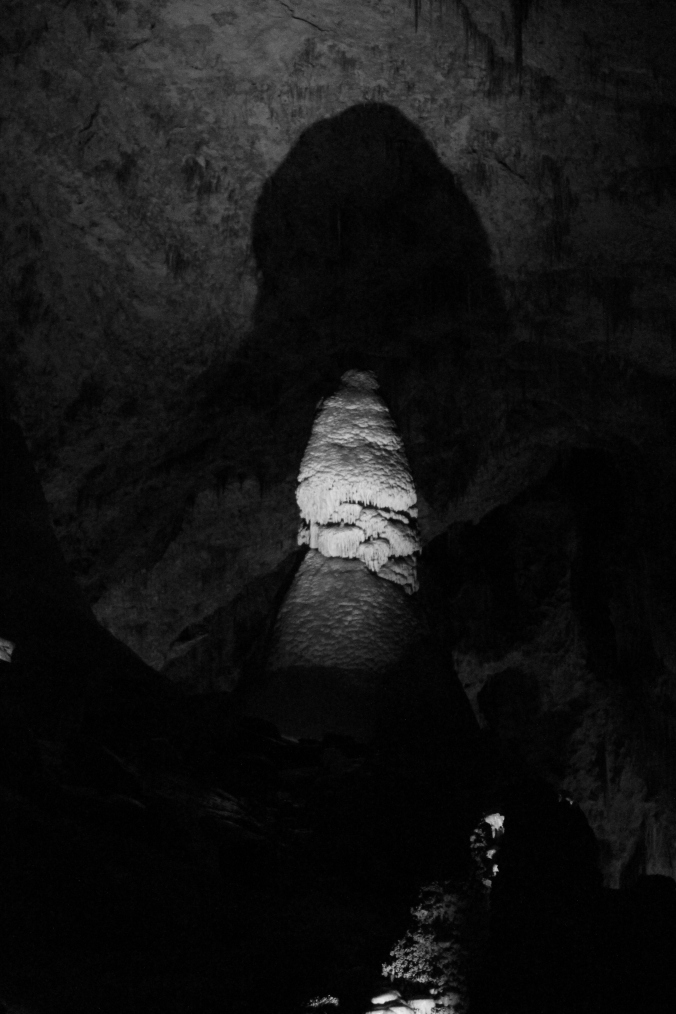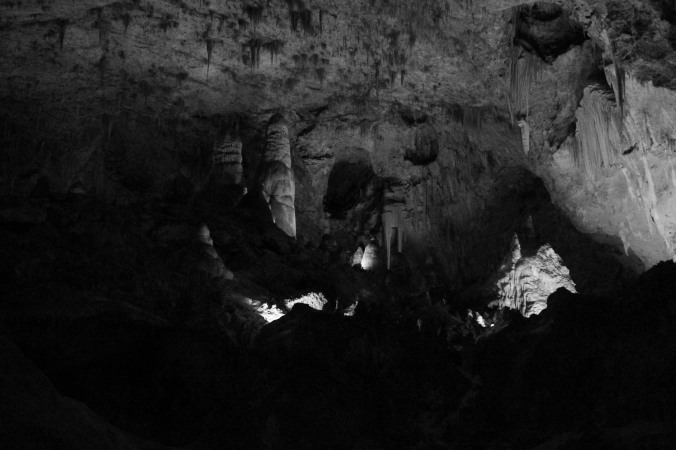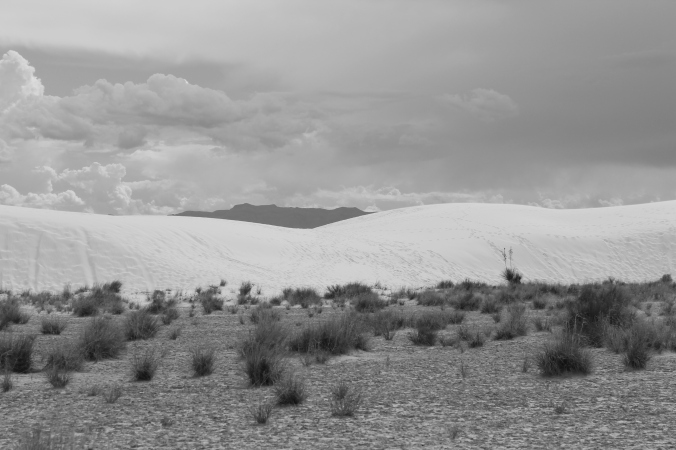For four years, I worked at the Dallas Zoo. My job was to convey information about the animals, habitats, and various and sundry facts to the general public. I like to think I did a good job. In reality, I probably didn’t.
If I failed, it wasn’t entirely my fault. Educators can only work within the parameters of what they are given. The exhibit design itself. While I worked there, I had some vague inklings about how this aspect affected the visitors’ experiences, but nothing was concrete.
Then, I left to become a teacher. Most zoo people, when they become teachers (and this is a large number of zoo people) go into the field of teaching science. I didn’t follow this path. Instead, I went into teaching English. This was a huge change – and one I do not regret.
Science versus English
In some ways, science and English are polar opposites. Science deals with facts, while English deals with story. In science, your opinion doesn’t matter. I don’t care how much you feel that the world works in a certain way, if it doesn’t, if it can’t – then you’re wrong. Simple. End of story. In English, your opinion is just as valid as the next person’s. As long as you can justify why something makes you feel a certain way, then it is valid. At least to you.
Science is devoid of emotion. At least good science is. English is full of emotion. We can see this as the two sides of human nature. Introvert and extrovert. Yen and yang. Male and female. Hot and cold. Black and white.
But, the world is gray.
Humankind hates absolutes.
And here is where the two areas mesh together.
In order to make an impression on a normal person, you must first strike at their emotions. Awe, fear, joy, excitement, wonder, trepidation. Any and all of these can heighten an experience.
These emotions aren’t science. They have to come from somewhere else. And this is where my English programmed brain starts to kick in.
What is the best way to connect to people?
So, you want to connect with another human being? You want them to remember what you have to say. You want them to come away feeling accomplished.
Tell them a story.
From time immemorial, we must have a story.
And here is where zoos fail. Never once, have I seen a complete story in a zoo.
What is a story?
For zoo people, perhaps it’s best to explain what a story is not. A story is not theming. By theming, I mean dressing up the set to look like Africa or Asia or Central America. This is an element of story, but not the whole enchilada. Story telling is not having an endless string of exhibits of animals all from vaguely the same place. Story is not having someone sitting there, like I myself used to do, telling you all about the animals. Story is bigger than that.
The Elements of Story
A story must have five elements for it to work.
- Setting is the part that zoos most often get right. By definition, setting includes the where, the when, and the emotional feel of a story. A good setting is a must for a great exhibit. In a zoo, this includes landscape design. If what you see doesn’t match what the story tells, then the story doesn’t work.
- There could be endless debate on what the characters of the story could be. Some might argue that the characters are the animals themselves. I’m going to disagree here. In order for a story to work, the characters must grow and change. For the most part, zoo animals don’t do this on a scale quick enough for zoo visitors to appreciate. If there is a tour guide, then that guide might be the character. If the story is well-crafted, there might be some villainous character or a mysterious character that you are trying to find. But, by far the most appropriate character is the zoo visitors themselves. If you engage the visitor and make them an active part whereby they are participating in the story, then they come away emotionally affected and enriched.
- The theme here can be boiled down to “What is the moral of the story?” What is your story about? This, along with setting, most zoos can do fairly well. In fact, may confuse theme and setting for one another.
- The above three can be accomplished by most zoos, but not conflict. Conflict is the struggle in the story. What are your characters fighting against? Without a struggle, there is no story. Kurt Vonnegut, in his own personal assessment, said this:
“Be a Sadist. No matter how sweet and innocent your leading characters, make awful things happen to them—in order that the reader may see what they are made of.”
In other words, the character must have something to do. There must be some goal, and the goal must be hard to reach. The harder the goal is to reach, the more enjoyable it is for the character. If your zoo character is the guests themselves, then they must be given a challenge. It is up to each individual zoo and exhibit to determine what that challenge is, but the more complex, the better. A challenge that cannot be completed in one visit, or even in ten visits, will keep the characters interested and coming back for more.
- Plot, in many regards is the most complex element. There must be a story line. The must be a beginning a middle and an end. In the beginning, you must introduce your characters, your setting, your theme, and your conflict. But don’t give everything away in the beginning. A story where you see the end at the same time as the beginning is hopeless. Hide things. Make twists and turns. Have dead ends. But don’t have plot holes. There are five points to a plot line:
- Introduction – simple, this is where you introduce all your elements
- Rising action – this is where your conflict takes hold. This is the bulk of the plot.
- Climax – where the conflict is resolved
- Falling action – where everything starts to go back to normal
- Resolution – the happy ending (or maybe not so happy in some stories)
Many plotlines show each of these as representing equal fifths of the story. That is, the Introduction takes 20%, the rising action takes 20%, etc. This simply isn’t the case. The climax is a single point. In most stories it is 80-90% of the way into the story. The climax of a 200 page novel would occur perhaps on page 170. One of my personal favorites is the great American novel Moby-Dick. Here, the climax is on the second to last page, or about page 499 out of 500. If the climax is too early, then the reader is bored by too much resolution. Things going back to normal are of no interest. We want bad things to happen in our stories. We also want that happy ending. When Luke blows up the Death Star, there are only about 5 minutes of movie left in Star Wars.
Zoos need to figure out what the climax of the exhibit is. What is the key point? Where does the exhibit’s conflict reach its breaking point? If this question cannot be answered, then the whole storyline falls apart and we are left with the individual elements of the story and no story itself. We have scaffolding with no building.
While I make no claims that this is the only way to connect to the guests, it is a tried and true one. It is the method by which television, movies, plays, opera, musicals, comic books, novels, and a whole host of other media connect to us. They resonate to us through the power of storytelling.
Zoos have been around with us for a long time, yet using story, an actual story and not the pseudo-stories passed on to us as real, to convey their message seems revolutionary. It seems out of the box. How come when other entities try it – and succeed –it seems like a no-brainer?
So, before you say your exhibit has a story, you must ask yourself two questions;
- What is the conflict?
- How is that conflict resolved?
If neither of these two questions have an answer, then you have no story. Go back to the drawing boards. Make it clearer.























